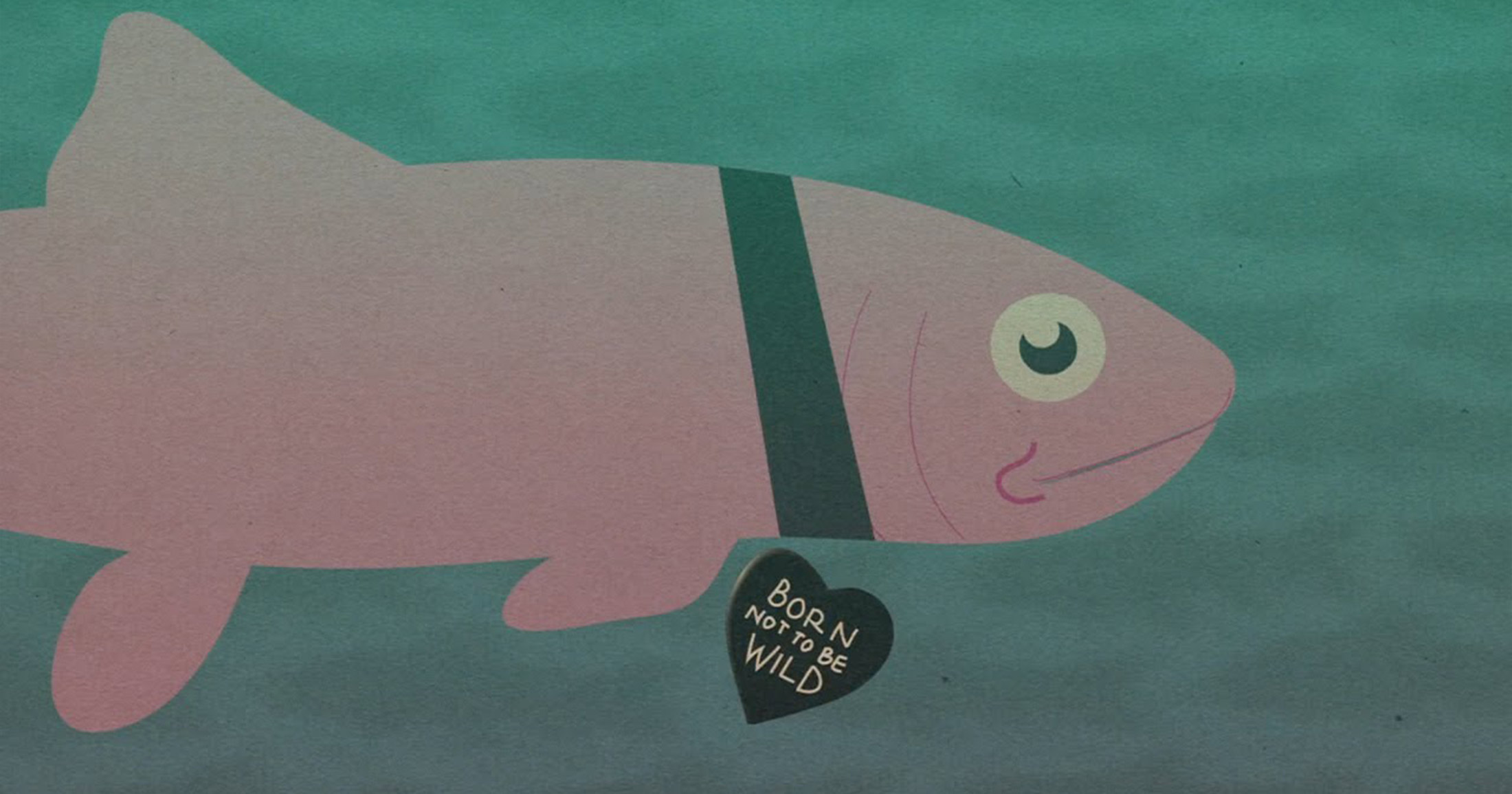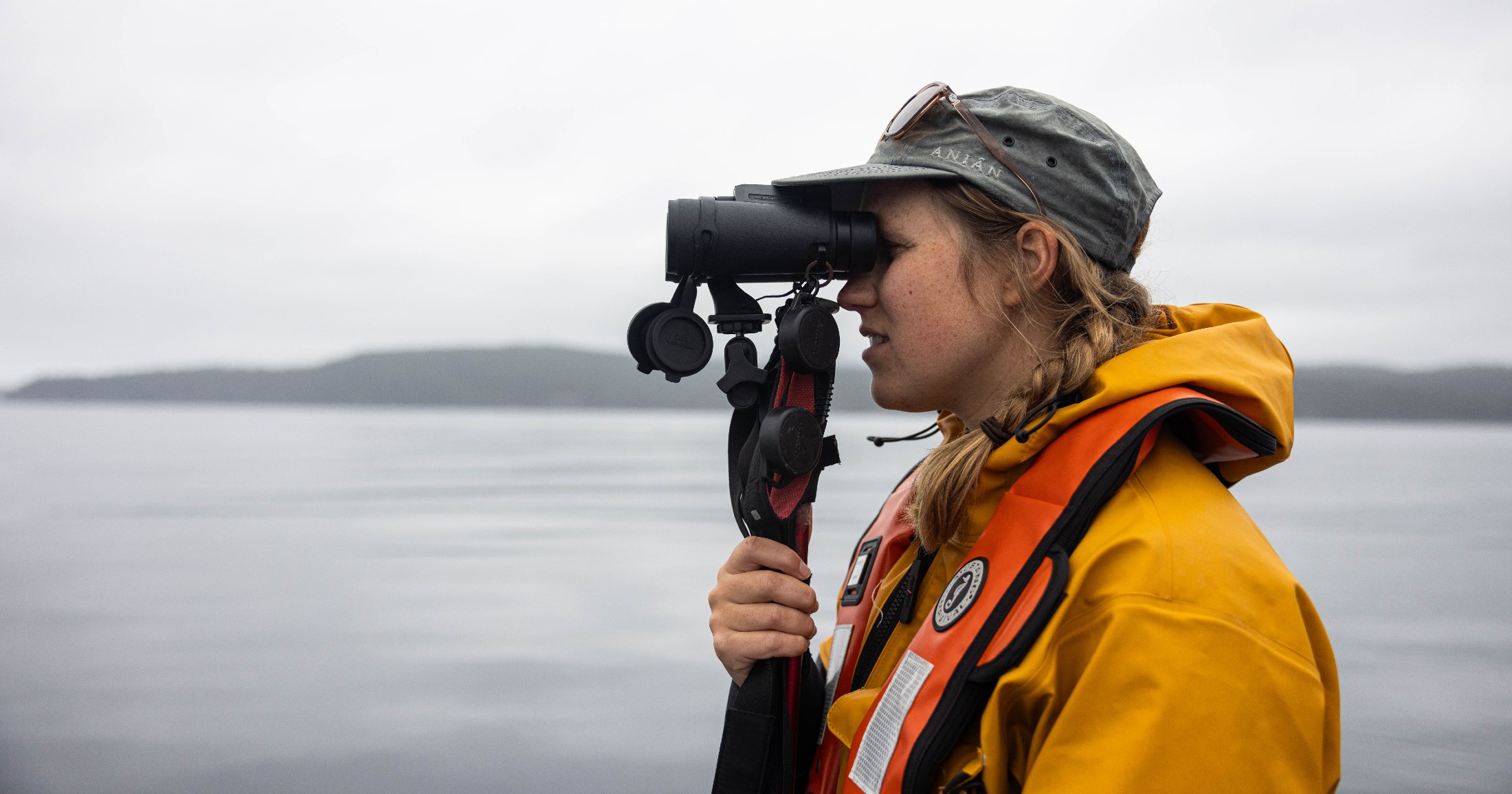Wake-up Call

By Jennie Christensen
PhD Candidate, Wildlife Toxicologist,
Grizzly Contaminant Project
Spring is here – sunnier days, warmer weather and the growth and blossoming of plants and flowers. It is a time of heightened spirits, and many species will begin their annual rituals celebrating a renewal of life and nature. While we may begin to clean out the house and tidy up the garden, grizzly bears are waking up from a long, deep sleep.
Hibernation is a unique aspect of grizzly bear ecology. During the winter bears maintain their body temperature, recycle toxic nitrogen waste into muscle-building proteins, do not experience muscle atrophy or bone deterioration from lack of use, do not eat, and do not excrete.
Interestingly, bears are the only carnivores that also give birth and nurse during this time of fasting. Throughout history and prehistory, hibernation has likely led to the survival and success of grizzly bears during times of food scarcity.
Recently, times have changed for hibernating bears. With the expansion of human culture and the introduction and widespread use of global contaminants, grizzly bears may now wake up in the spring with a toxic hangover. Prior to hibernation, grizzlies gorge themselves on fat-rich foods, such as salmon, to build up enough energy stores to survive the winter fast. These foods contain many persistent organic pollutants (POPs), such as DDT and other pesticides, which, once consumed by the bears, remain in their fat tissues for long periods of time.
Once bears begin their five month hibernation, those contaminated fat reserves are used for energy. Our current research shows that the burning of these fat reserves results in higher concentrations of many contaminants in the bears tissues. Concentrations of current-use flame retardants almost doubled and concentrations of some of the most toxic pesticides doubled or tripled in the bears’ residual fat.
Surprisingly however, some contaminant concentrations decreased dramatically during hibernation, suggesting metabolic breakdown. The resulting formation of highly toxic metabolites may present an additional health risk, as some disrupt thyroid hormone physiology and normal growth and development.
Since hibernating grizzlies cannot eliminate POPs or their metabolites during hibernation, they or their developing cubs may face an as-yet un-described health risk.
As I begin spring this year with the anticipated arrival of my own cub, it makes me wonder how my diet affects my baby’s health. With our current knowledge about POPs we, as humans, are able to make educated decisions about what we do and what we eat. If bears only knew….I wonder what they would do?
Support our mobile lab, Tracker!
Our new mobile lab will enable the Healthy Waters Program to deliver capacity, learning, and training to watershed-based communities. We need your support to convert the vehicle and equip it with lab instrumentation. This will allow us to deliver insight into pollutants of concern in local watersheds, and contribute to solution-oriented practices that protect and restore fish habitat.









